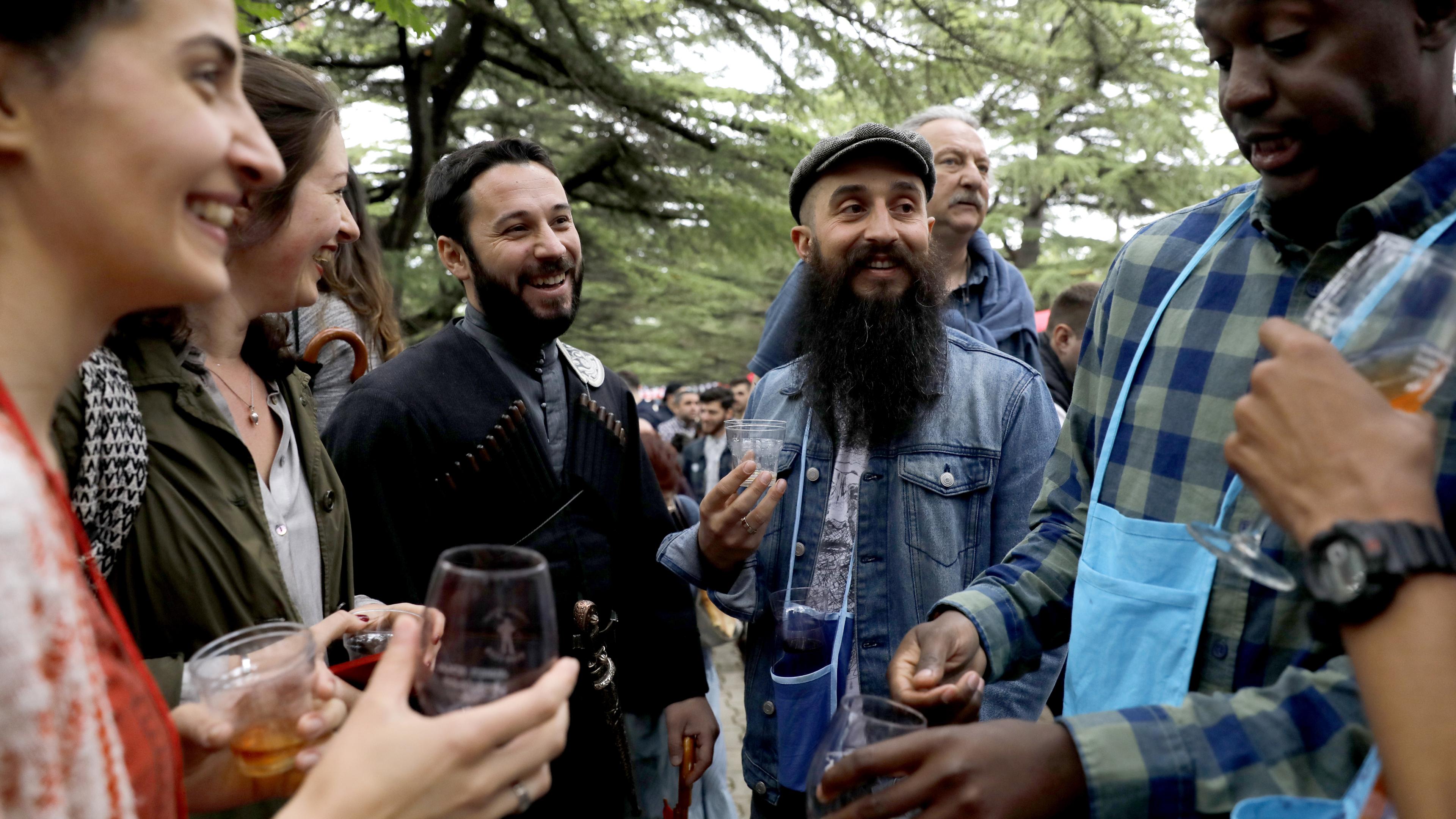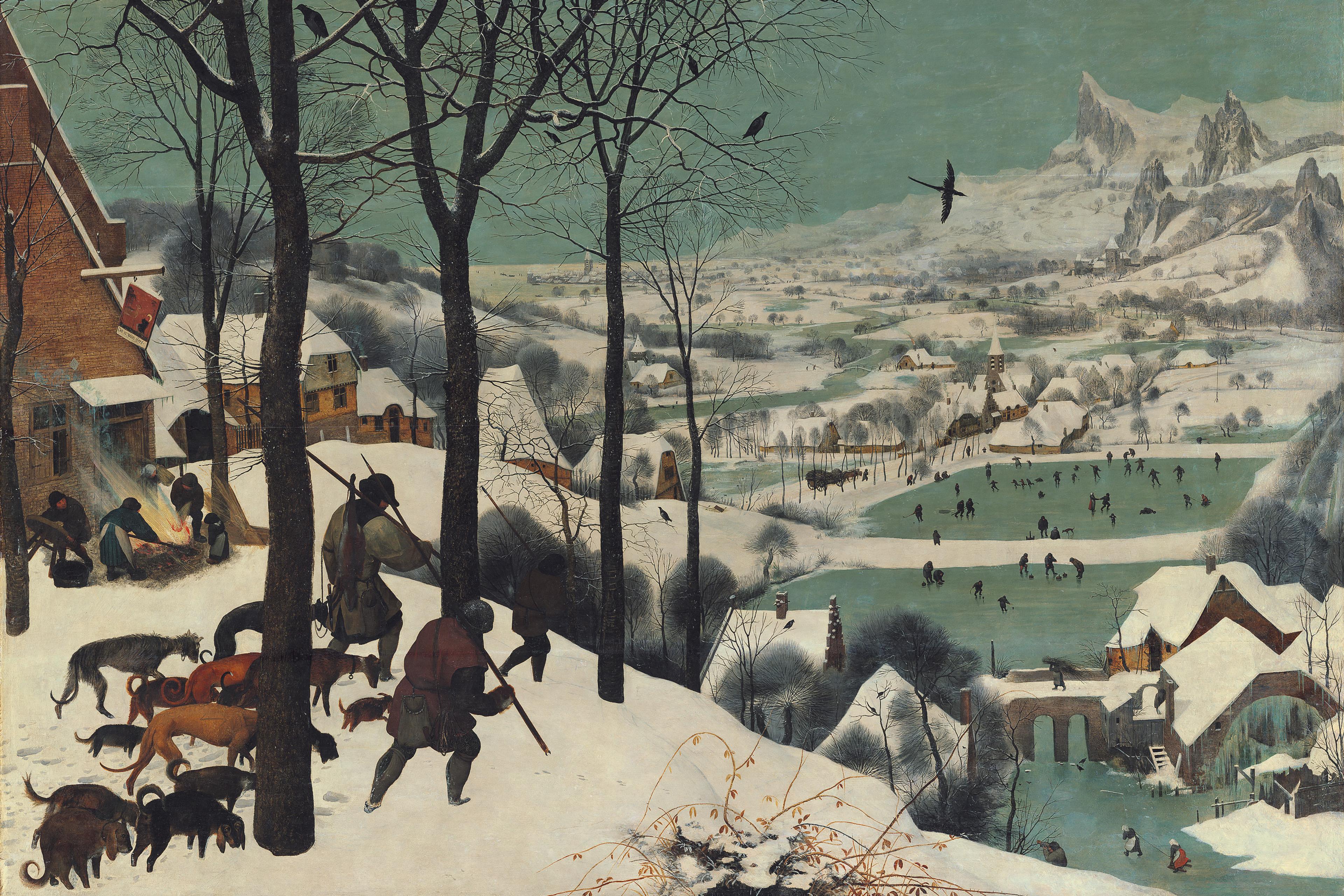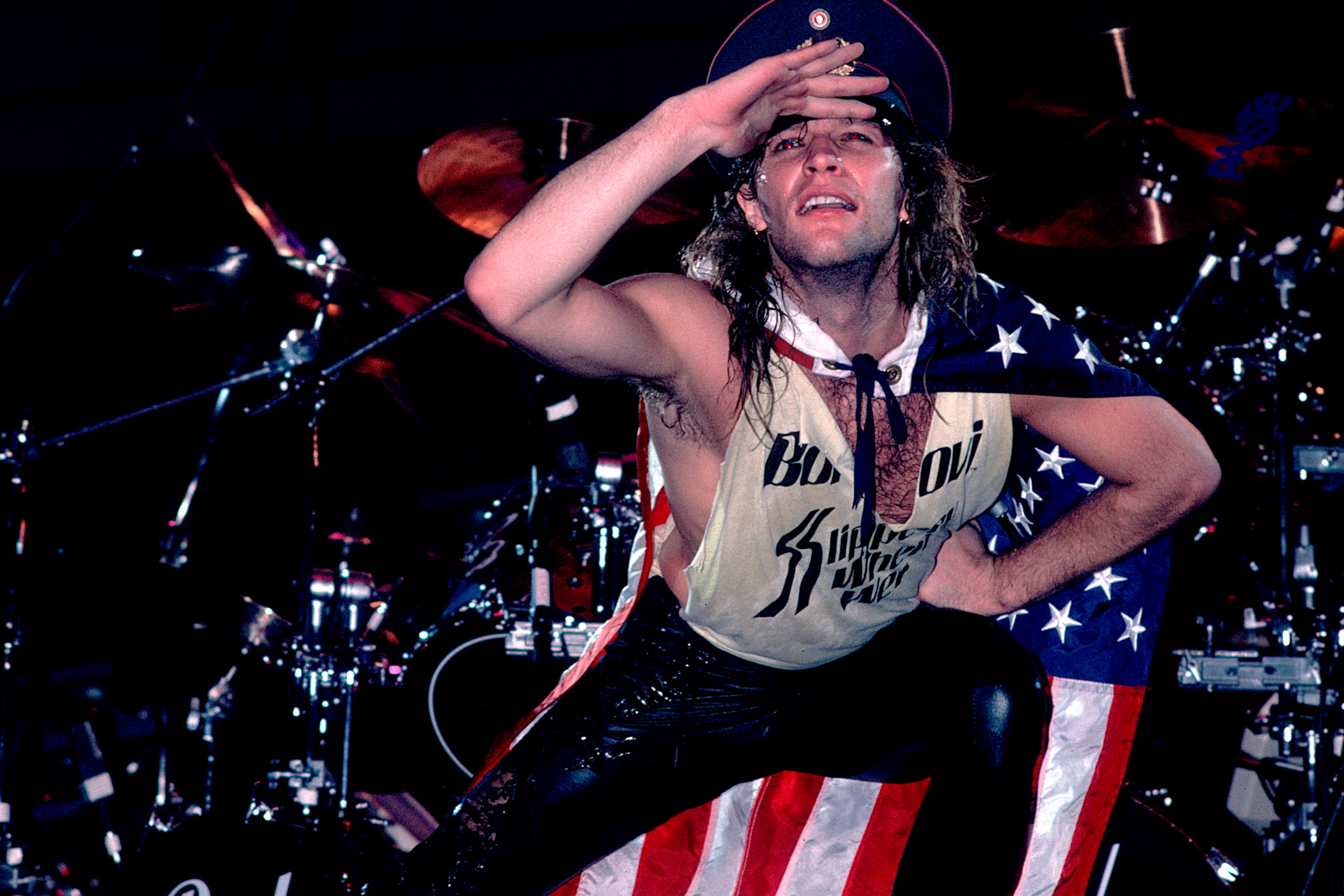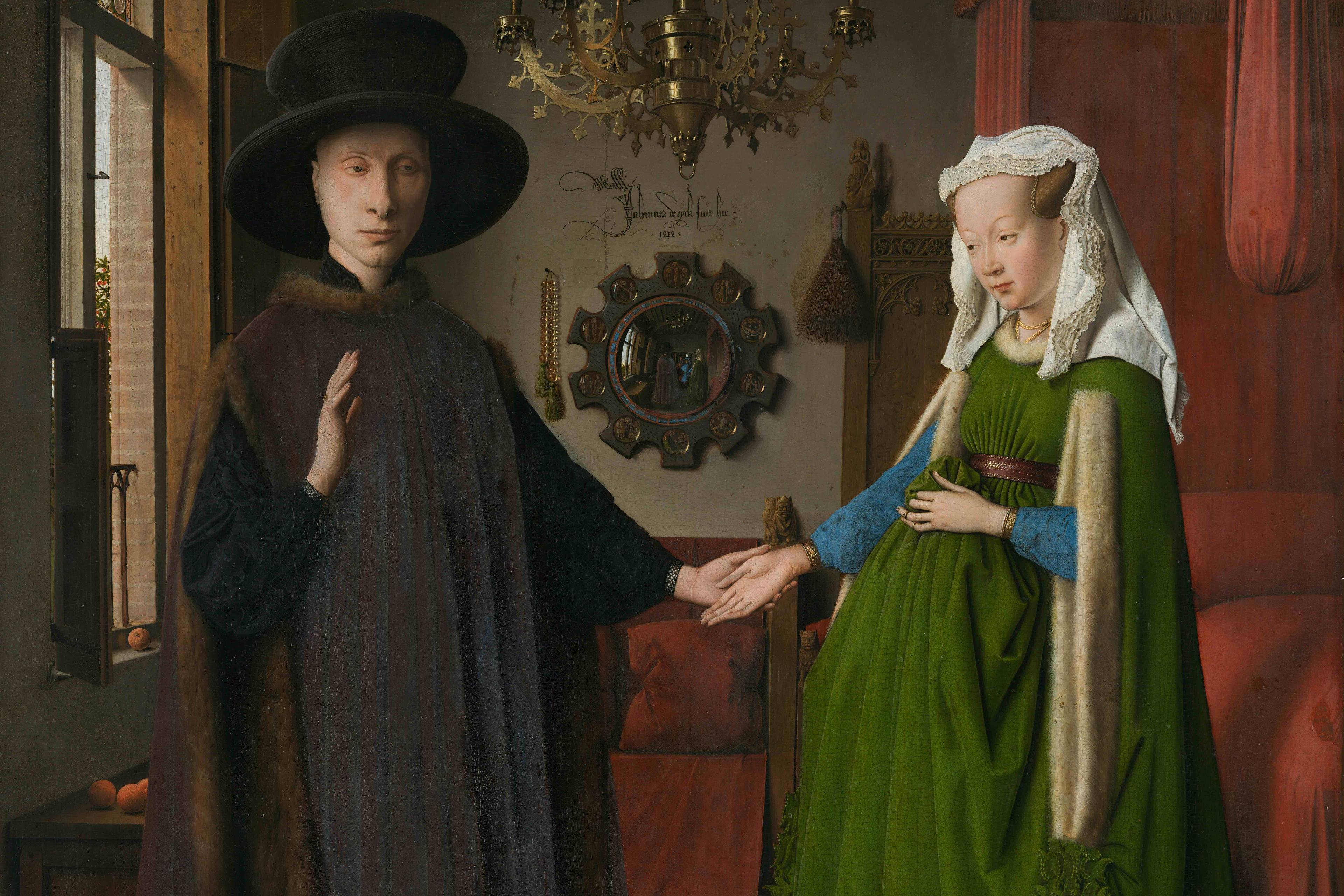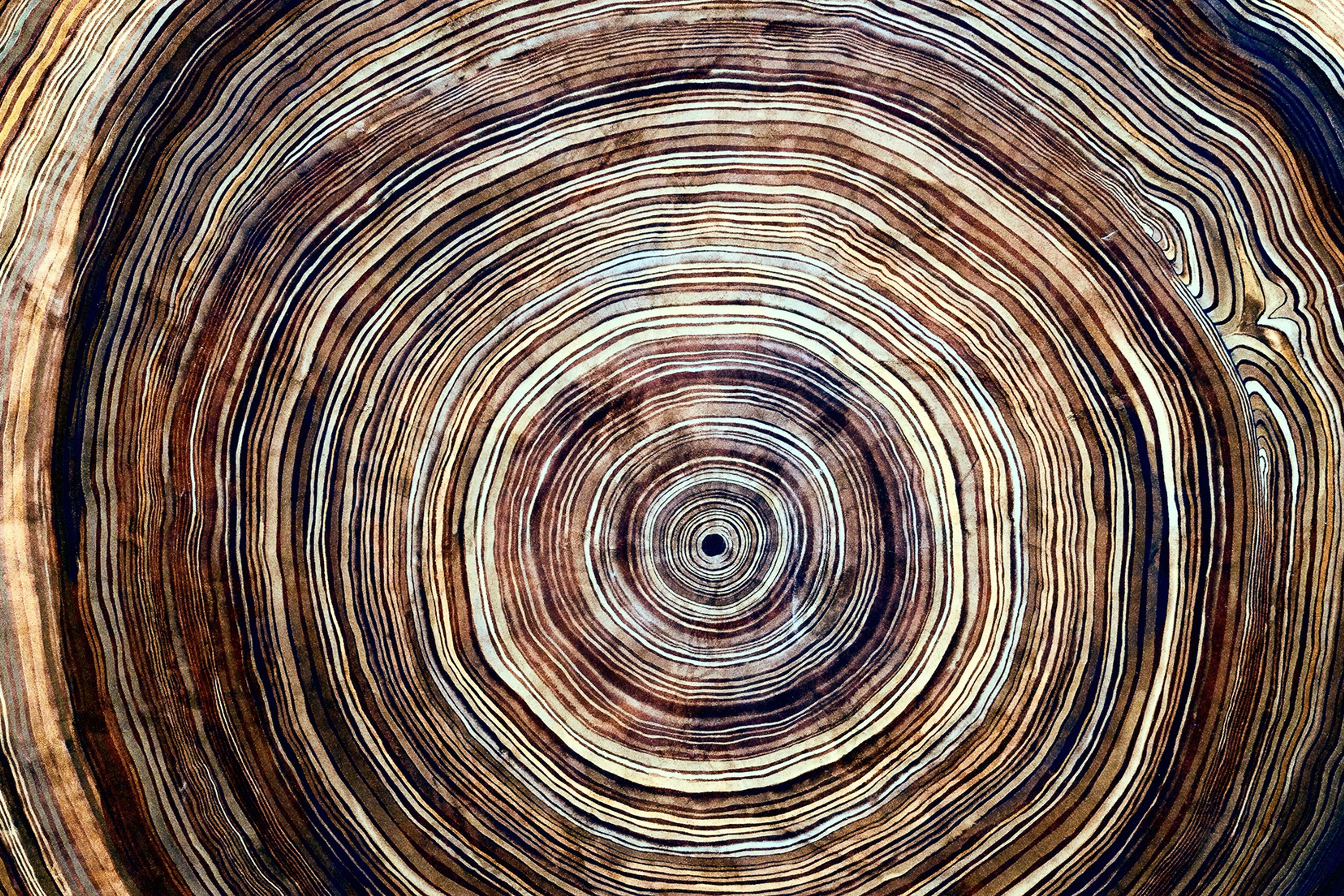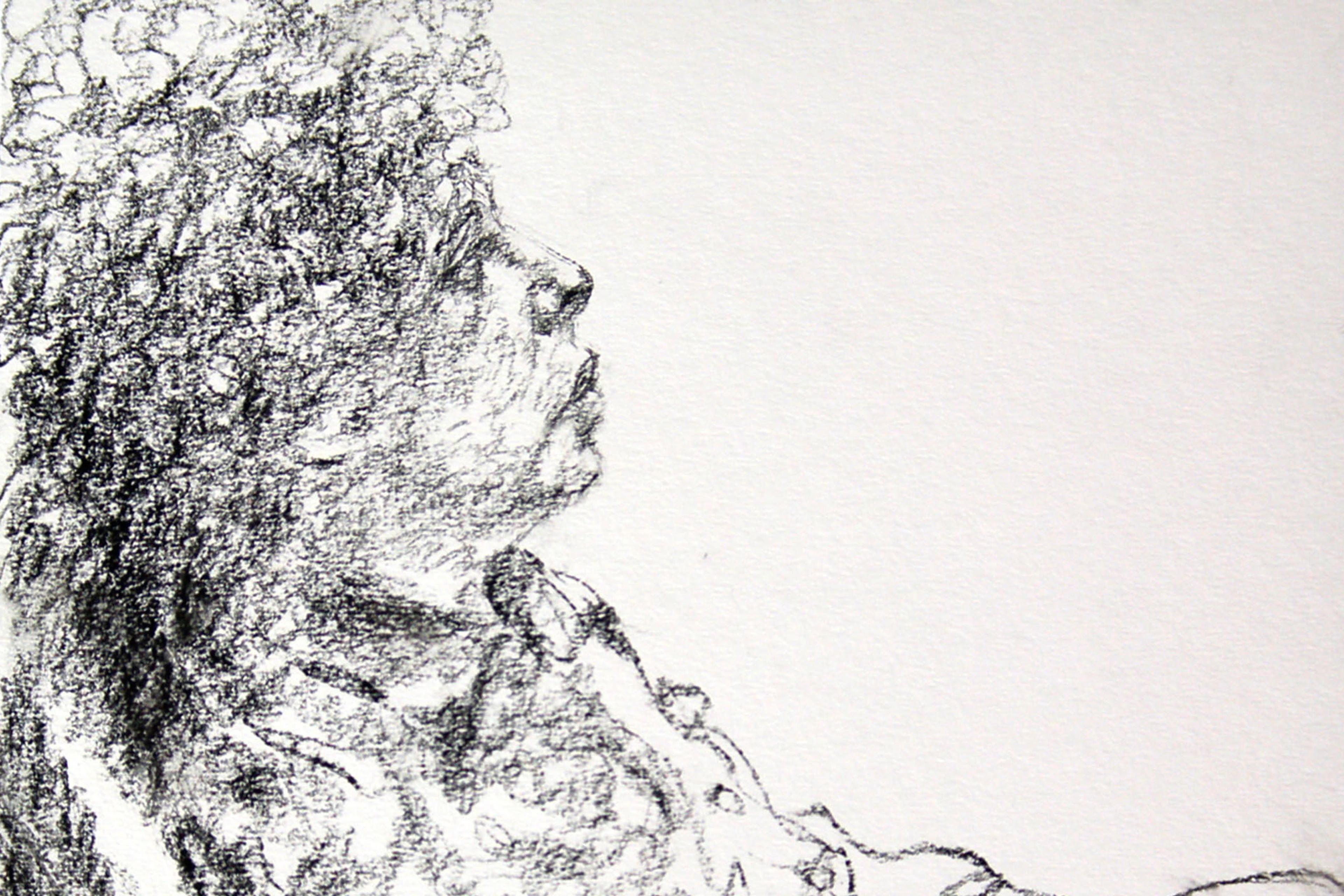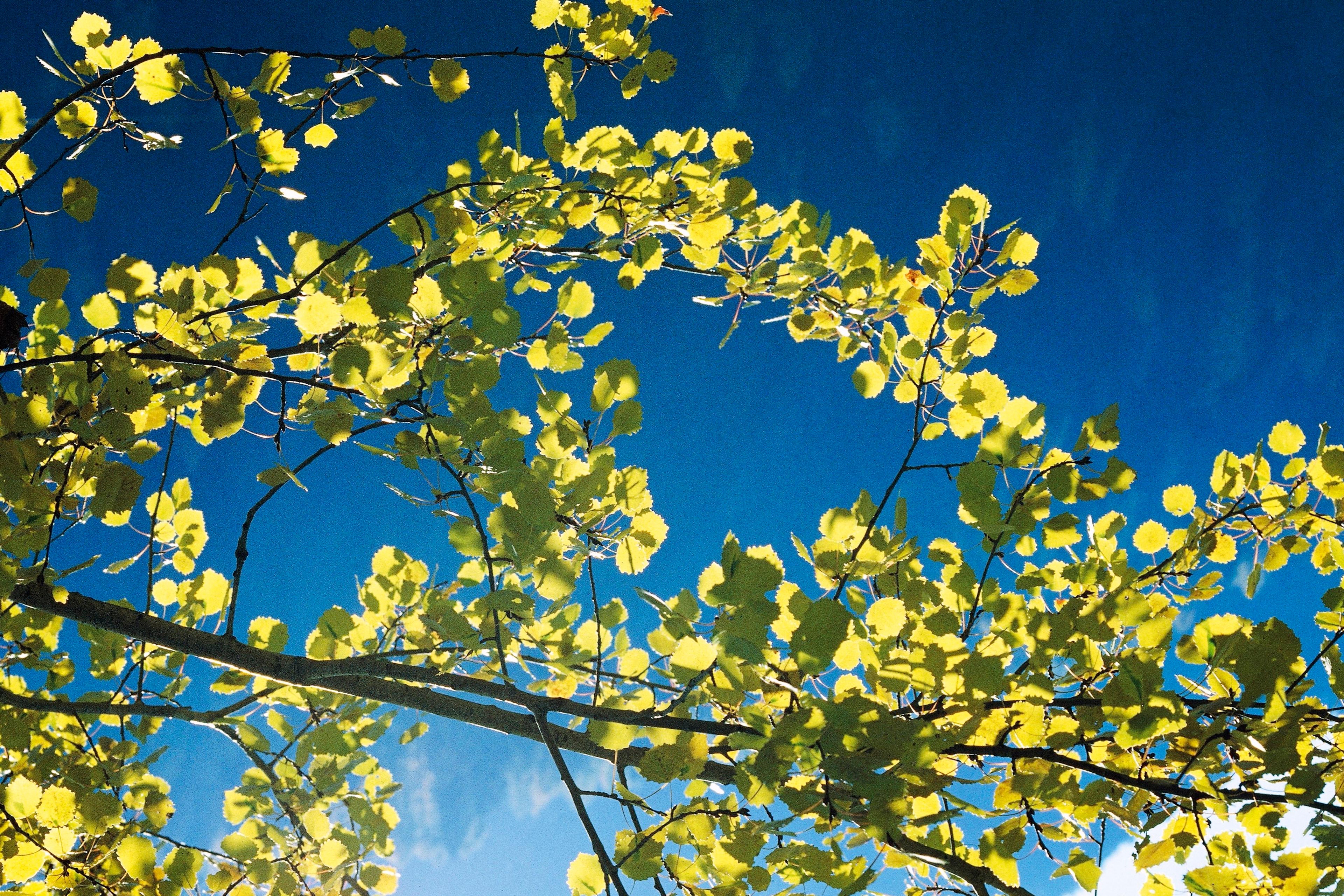I once attended a wine tasting in the country of Georgia with some very competent professional journalists. We’d been invited by a small group of farmers, rural families who had long made wine for self-consumption. But now their wines were becoming chic in Europe and the United States, so the journalists had arrived to review them for their newspapers and magazines. The tasting was held in the basement of a building in the open countryside, surrounded by dirt roads, stones, mud. The room was crammed with old appliances, random tools and equipment, jars full of everything, a few amphorae, large bottles without labels, shelves and a worm-eaten table. On this wonky table sat 13 bottles, together with four glasses for each of us.
After a quick presentation of the wines, the journalists asked the guide and interpreter where the tasting would be. ‘This is the place, it’s his basement,’ she replied. Then the most competent of all the journalists asked: ‘Can we at least have a glass for each wine? This is what is required when one wants to compare wines.’ The request was translated and a local went out and returned, panting, with a few glasses – though still not quite as many as the wines – that were chipped and all different from one another. Some were even cloudy. Meanwhile, two girls put cheese, bread and vegetables on the worm-eaten table, since wine in Georgia is drunk with food. At this point, the ultra-professional got a bit worked up: ‘Stop! I’m trying to work here. Please, take this food out, because wine must be judged professionally and objectively, without eating or smelling other things.’
The Georgians removed the food, and the professional remained alone, with some glasses lined up, a few bottles, a pad to write on, and a seriously focused nose, mouth and hand. Indeed, he went to work with frigid objectivity. I watched the scene with great attention and much amusement. Then I tasted all the wines, using the same glass, standing up and leaning against an old washing machine, close to people whose language I could not understand. I remember this as the most educational and powerful tasting experience I’ve had over the past few years. I moved from competence to compassion by opening up my perceptive faculties to the flow of experience.
Thanks to the widespread influence of the University of California at Davis Department of Viticulture and Enology (founded in 1880), the wine-tasting clique promotes an approach in which proximal senses replace distal senses, with the goal of providing unbiased, ‘objective’ evaluations. Tasting wine consists in airing it, examining it, sniffing it, sipping it – and then, of course, spitting it all out. This method is now widely considered to be the ‘correct’ approach to appreciating, describing and valuing wine.
The pleasures of assimilation and, above all, the inebriating power of the ‘odorous liquid’, as some writers call it, are completely removed from the judging process. This method relies on the illusion of objectivity between the judge and the judged; it is a scientistic model that stresses the importance of analysis. The ‘taste’ of tasting is a paradigm based on the presumed neutrality of nonparticipation at a distance.
But there is another way of approaching wine, one that draws on the rich relationship between wine and philosophy. It is also a way of approaching philosophy: I call it epistenology, and it arose from an increasing discomfort with the contemporary setting for wine appreciation.
Consider the verb ‘to taste’: it isolates a single sense from the complete act of drinking. The overall ambiance in which drinking takes place is divided and split. The glass is raised to the mouth, and tasting takes place in this restricted space. The context, the process, the duration, the whole experience – of the wine and of the drinking – disappear. A common expression of the accepted wine-tasting community holds that ‘what counts is only what’s in the glass’ – which is a meaningless abstraction from the complex phenomenology of wine drinking (not ‘tasting’). There is nothing that is only in the glass because what is in it is always also outside it. That is, wine can never be torn out of the world in which it’s drunk.
My neologism, ‘epistenology’, draws from two different domains. The first one relates to epistemology and oenology, thus epistenology suggests a theory of knowledge of wine. Then there is another domain: the complex combination of epistemology and ontology, where the ‘n’ of ontology is interwoven with the ‘m’ of epistemology. Epistenology is an invitation to shift our philosophical focus from the ‘knowing about’ model to ‘knowing with’ – and using wine as a powerful and beautiful example.
Epistenology doesn’t intend to inform us but takes care in forming us. It doesn’t instruct; it educates. The worlds of wine drinking and of any meaningful life experiences are places of constant study, where thinking by feeling and feeling by thinking extend beyond the canonical categories and concepts – even beyond words.
An exercise I sometimes suggest to my students is to draw with wine, a far more difficult variation on making a drawing of wine. While the latter is helpful in replacing normal description with another that is silent and nonverbal, in drawing with wine we must effectively go beyond the representation of the perceived in order to delineate that which is invisible to the eyes, the nose and the mouth. In a different but analogous exercise, I occasionally ask my pupils to write an improvised poem, overcoming the fear of being judged. We aren’t competing, nor do we have any objectives or goals that we must reach; instead, we are discovering, humbly, the powers that life gives us, together with the wine that warms and changes us.
Experiences with wine are open to the narrative form: there are no instructions to follow, only stories to tell. Stories are not acquired knowledge but participatory knowledge: stories are interwoven paths. Stories guide and educate but don’t specify or, even less, explain. In this view, taste is not a sense to be trained but a task to carry on, a creative continuation of the flow of life that transports us. We can observe and describe without objectifying – but it is a form of observation and description that is also a description of ourselves. It is as if we were both swimming in the river and being swept forth by its current.
What of the professional wine taster’s competence, expertise and judgment? It is supposed that judgment requires competence and expertise, but they don’t necessarily provide assurance about being able to ‘make an experience’. It might seem paradoxical, but the capability of making an experience calls for dismissing acquired knowledge and encountering wine as it was the very first time: indeed, expertise can be detrimental to the intensity of an experience.
Epistenology is a holistic, relational and sympathetic perspective that relies on the idea that knowledge is participatory being-with. This entails that a wine doesn’t exist in the way that a fixed, objectified ontology would suppose. Indeed, I reject the notion that varieties of wines (Merlot, Cabernet and so on) are somehow fixed ontological elements. Instead, wine is made, from start to finish, in every possible meaning of this making: from planting to growing to harvesting to fermenting to bottling to drinking. The same is true for taste. It is neither an isolated natural sense nor a cultural acquisition. One makes taste over the course of life.
So we are engaged in epistenology, not just an epistemology of wine. It is not a play on words but rather a crossfire. Here there are not tastes on the one side and tastings on the other, and there isn’t the subjective here and the objective there. There is an intertwining, in the sense of an ongoing correspondence, between ontology and epistemology. This means that wine is neither an object nor a category. Wine is its encounters: encounters with sun and oxygen, with the earth, and with the men and women who dwell on that soil, who work the grapes, and those who eventually drink the wine.
Approaching wine as a process requires abandoning classical and familiar standards of taste. In our usual scientistic worldview, we cultivate the illusion of control over the things of the world through objectivity; since we consider our knowledge of the world to be objective, everything in the world, including ourselves, and everything we want to know about the world, is perceived as an object. Let’s consider wine as an exemplar of another worldview. Let’s consider it not an object to be measured but an encounter to be experienced.
Instead of the optics of taste, I suggest a haptic approach. Haptic taste perceives the material of wine even before the eye has identified it as a stable object; the wine consists of aromas, acidities, alcohol and defined geographies. It is an encounter through touch, a blending of surfaces and substances, just as I am in turn. Haptic perception engages with the fluidity of the materials of life, not even recognising subject-object dualism, at one with a participatory knowledge.
Haptic taste lacks a methodology because it is explorative and exposed: wine becomes one with the sentient body of the drinker, a correspondence of substances that effortlessly flow with one another. We proceed tentatively, according to a dis-position – a lack of position, without a theory or a precise collocation. Wine is never just itself. It is I who encounter it with you, within our surroundings in which all the things of the world are flowing. When we say: ‘I liked this wine more today than last time,’ what we’re saying is not that ‘the wine’ has changed but that the entanglement has changed – and that we have changed with the wine. In this small twisting of the sense, in the difference of nuance, lies all the enigma of creation, along with our amazement.
